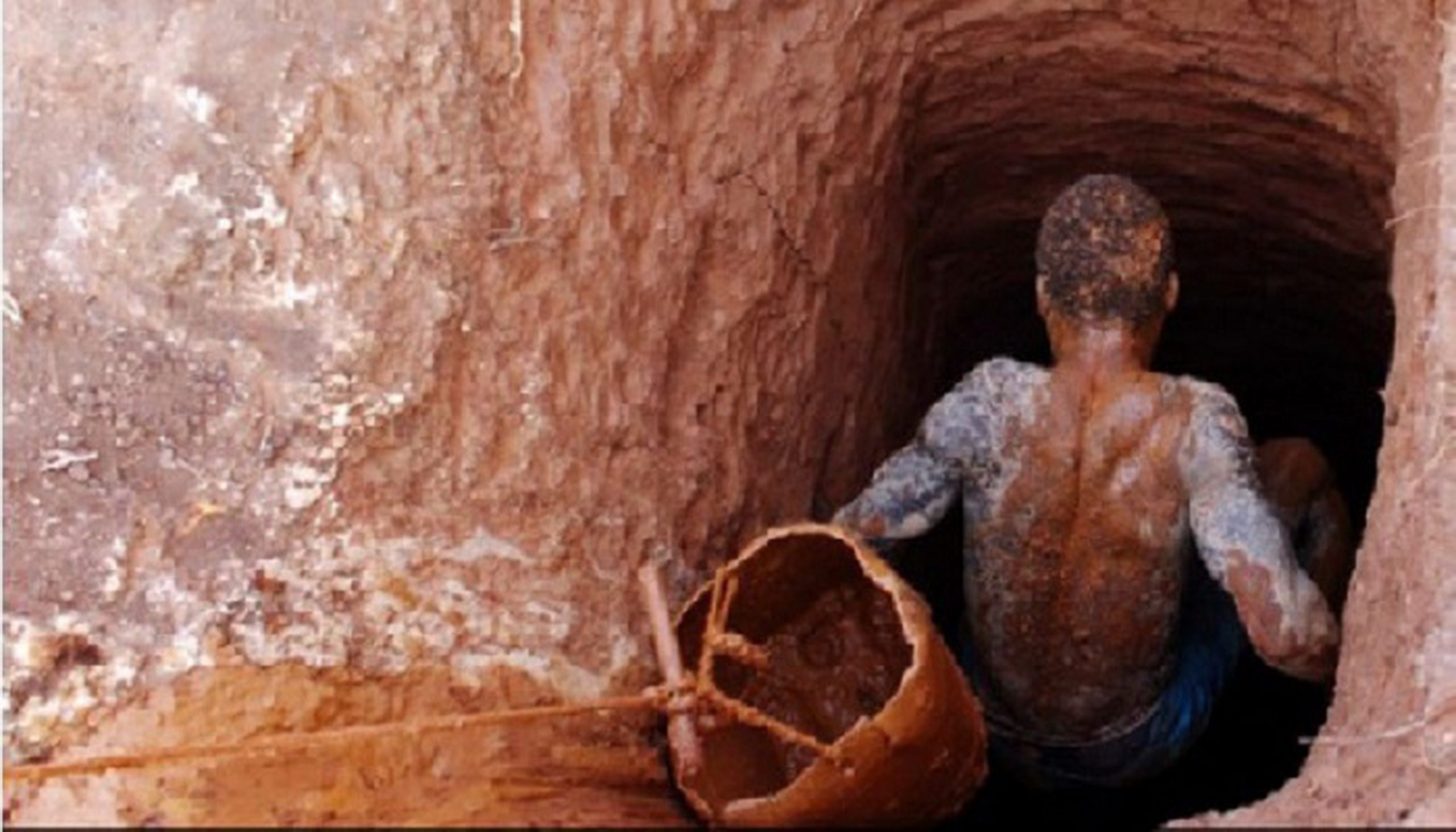
Galamsey Environmental Impact: How Illegal Mining is Destroying Ghana’s Ecosystems
Meta Description: Explore the environmental impact of galamsey in Ghana. Learn how illegal mining is causing deforestation, water pollution, and land degradation, threatening ecosystems and communities.
Highlights:
- Water Pollution: Learn how toxic chemicals from galamsey operations are contaminating rivers and water bodies.
- Deforestation: Discover how illegal mining is leading to massive deforestation and loss of biodiversity.
- Soil Degradation: Understand the long-term effects of galamsey on Ghana's agricultural lands.
Galamsey Environmental Impact: How
Illegal Mining is Destroying Ghana’s Ecosystems
Introduction
Galamsey, the practice of illegal small-scale mining in Ghana, has caused
significant environmental destruction. Its unregulated nature leads to
unsustainable mining practices, resulting in severe damage to the country’s
natural resources. This expository essay will explore the various environmental
impacts of galamsey, including water pollution, deforestation, and soil
degradation, which collectively threaten Ghana’s ecosystems and public health.
Water Pollution
One of the most critical environmental impacts of galamsey is the
contamination of Ghana’s water bodies. Illegal miners frequently use toxic
chemicals such as mercury and cyanide to extract gold from ore, and these
chemicals are often dumped directly into rivers and streams. This contamination
affects water quality, rendering it unsafe for drinking, agriculture, and other
uses.
The pollution of major rivers such as the Pra, Ankobra, and Offin has led
to widespread water shortages and forced many communities to rely on expensive
water treatment systems or travel long distances for clean water. Additionally,
the chemicals used in galamsey operations pose serious health risks to humans
and wildlife. Mercury, for example, can cause neurological damage and other
long-term health issues when ingested or inhaled.
Deforestation and Loss of Biodiversity
Deforestation is another devastating consequence of galamsey. Illegal
miners often clear large areas of forest to access mineral deposits, stripping
the land of trees and vegetation. This not only disrupts local ecosystems but
also contributes to climate change by reducing the carbon-absorbing capacity of
forests.
The loss of biodiversity in these areas is significant. Many species of
plants and animals that rely on forested habitats are displaced or endangered
as a result of galamsey activities. Furthermore, the destruction of trees and
vegetation increases the risk of soil erosion, leaving the land more vulnerable
to landslides and reducing its capacity for future agricultural use.
Soil Degradation and Agricultural Impacts
Soil degradation is another critical issue linked to galamsey. Illegal
mining activities often disturb the topsoil, which is essential for
agriculture. The process of gold extraction involves digging pits and trenches,
which disrupts the natural composition of the soil and makes it unsuitable for
farming. In areas heavily affected by galamsey, once-fertile lands are left
barren, leading to food insecurity in surrounding communities.
The chemicals used in illegal mining can also leach into the soil,
further reducing its fertility and making it toxic for future crops. The loss
of productive farmland due to galamsey has a cascading effect on rural
economies, as farmers lose their livelihoods and communities become more
reliant on mining as a source of income, perpetuating the cycle of
environmental destruction.
Long-Term Consequences
The long-term environmental impacts of galamsey are profound and
far-reaching. The contamination of water bodies and destruction of forests are
not easily reversible, and the full ecological damage may take decades to
repair. Additionally, the cumulative effects of soil degradation, water
pollution, and biodiversity loss create long-term challenges for agriculture,
public health, and economic stability in Ghana.
Efforts to restore the environment, such as reforestation and land
reclamation projects, are underway, but progress is slow due to the scale of
the damage. The Ghanaian government, along with international organizations,
continues to work towards solutions to address galamsey’s environmental impact.
However, success will depend on a combination of strict enforcement of mining
regulations, community engagement, and sustainable development initiatives that
provide alternative livelihoods to illegal miners.
Conclusion
The environmental impact of galamsey in Ghana is severe, with
long-lasting consequences for water quality, biodiversity, and agricultural
productivity. Water pollution from toxic chemicals, deforestation, and soil
degradation are among the most pressing issues, threatening both ecosystems and
local communities. While efforts are being made to address the environmental
damage caused by galamsey, significant challenges remain in controlling illegal
mining and rehabilitating the land. A concerted effort involving government,
communities, and environmental organizations is essential to reversing the
damage and protecting Ghana’s natural resources for future generations.
- Keywords: galamsey environmental impact, illegal mining Ghana, effects of galamsey, deforestation, water pollution Ghana, land degradation, ecosystem destruction, environmental damage galamsey.

